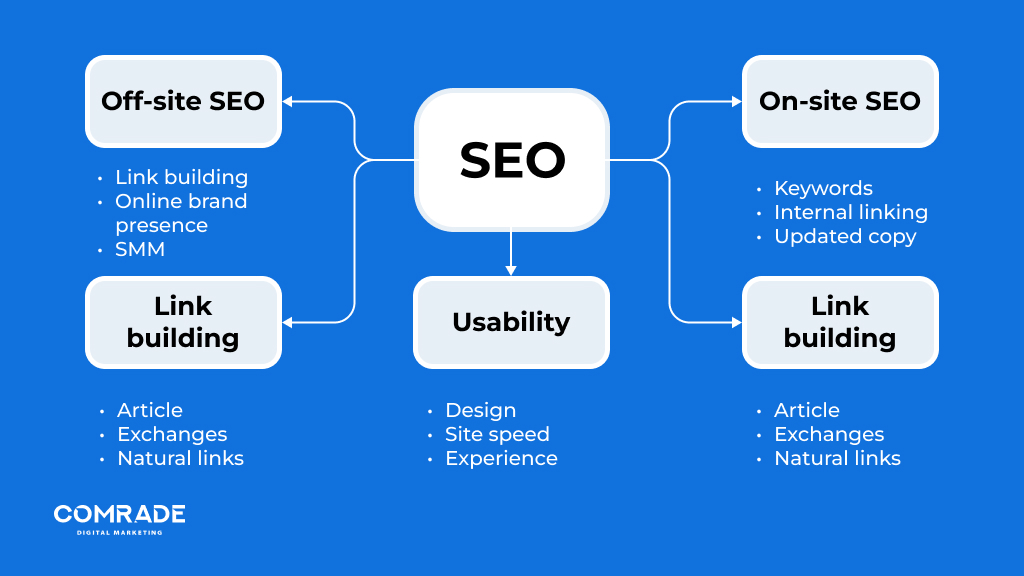In-Depth Analysis: What Is Ruled Out a Default Medium in Google Analytics
In-Depth Analysis: What Is Ruled Out a Default Medium in Google Analytics
Blog Article
Revealing the Unconventional Mediums in Google Analytics Beyond Default Setups
In the realm of digital analytics, Google Analytics stands as a cornerstone for companies seeking to understand their online visibility. By venturing past the surface and delving right into the details of social media information, e-mail campaign efficiency, reference website traffic resources, straight traffic patterns, and custom-made network groups, a prize trove of information waits for those ready to accept a more nuanced strategy.

Leveraging Social Media Site Insights
Sometimes neglected, yet greatly useful, is the technique of leveraging social networks understandings within the realm of Google Analytics. By incorporating information from systems like Facebook, Twitter, Instagram, and LinkedIn into Google Analytics, services can gain a deeper understanding of their target market and the effectiveness of their social networks projects.
Through this combination, marketers can track and examine customer behavior on their site that stems from social media platforms. They can determine which social media sites channels are driving the most traffic, which material is reverberating with the audience, and which projects are transforming the most leads. This insight permits data-driven choices to maximize social media techniques and enhance total advertising and marketing performance.
Moreover, by integrating social media sites understandings with Google Analytics, businesses can create much more targeted and customized campaigns - what is not considered a default medium in google analytics. They can utilize market details, passions, and online behaviors collected from social media to improve their target market division and supply customized messages that reverberate with certain client groups. This targeted strategy can result in greater involvement, increased conversions, and inevitably, boosted roi
Revealing Email Project Efficiency
Revealing Email Project Performance involves evaluating essential metrics and performance indications to review the efficiency of email marketing initiatives. When diving right into email project efficiency, it is crucial to analyze metrics such as open prices, click-through rates, conversion rates, and unsubscribe prices. Open rates show the portion of recipients who opened up the email, providing understanding right into the effectiveness of subject lines and sender names. Click-through prices determine the percentage of receivers that clicked on web links within the e-mail, showing engagement degrees. Conversion rates track the percent of receivers who finished a preferred action after clicking a link in the e-mail, such as buying or authorizing up for an e-newsletter. Unsubscribe rates highlight the number of receivers who decided out of receiving additional emails, dropping light on e-mail content top quality and relevance. By assessing these metrics, marketing experts can tweak their e-mail campaigns for much better involvement and performance.
Studying Reference Traffic Sources
After assessing the efficiency of e-mail projects via essential metrics such as open rates and conversion rates, the following critical action is analyzing recommendation traffic sources in Google Analytics to comprehend where web site visitors are originating from and just how they interact with the site. Referral traffic sources refer to the websites that direct users to your site through clickable web links. By diving right into this information, organizations can obtain understandings right into which exterior systems are driving website traffic to their website, whether it be social media sites systems, partner web sites, or on-line directory sites.
It aids companies recognize high-performing recommendation resources that contribute significantly to web site web traffic and conversions. Google Analytics provides detailed reports on reference traffic, allowing organizations to track the performance of each recommendation resource accurately and make data-driven choices to boost their online look at this now existence.
Discovering Direct Website Traffic Patterns
Checking out the direct website traffic patterns in Google Analytics gives valuable insights into individual habits and the performance of projects - what is not considered a default medium in google analytics. Straight traffic refers to visitors that arrive at a web site by straight keying the link right into their internet browser, using bookmarks, or clicking on untagged links. Understanding direct website traffic patterns can help marketers evaluate the impact of offline marketing efforts, brand acknowledgment, and the performance of word-of-mouth references
By diving right into direct web traffic data, organizations can reveal crucial information about customer intent and brand name commitment. Examining the habits of straight visitors, such as the pages they visit, the time invested in site, and the conversion rate, can provide a much deeper understanding of individual interaction and the overall effectiveness of the internet site in transforming visitors into consumers.
Additionally, tracking direct traffic patterns over time permits services to identify trends, seasonality results, and the success of particular campaigns or promos in driving direct gos to. This information can after that be utilized to fine-tune advertising techniques, optimize site web content, and improve look at this site the overall customer experience to maximize conversions.
Making Use Of Customized Network Groupings
Using custom network groupings in Google Analytics permits companies to classify and evaluate their internet site traffic based upon particular standards, offering beneficial insights for maximizing marketing strategies. Custom-made channel collections make it possible for companies to develop their very own personalized groups of traffic sources, such as social media sites, organic search, email projects, and recommendation website traffic. By defining these collections, organizations can acquire a much deeper understanding of just how different advertising channels add to their website traffic and conversions.
This function is specifically helpful for organizations with diverse marketing methods throughout numerous systems. For instance, a company running both paid and organic social networks projects can set apart in between both to evaluate their individual efficiency precisely. Additionally, custom-made network groupings can aid identify any overlooked or undervalued website traffic resources that might be driving beneficial involvement.
Verdict

By venturing past the surface and delving right into the complexities of social media information, email project performance, recommendation traffic sources, straight traffic patterns, and customized network groupings, a treasure chest of details awaits those ready to welcome a more nuanced technique. They can recognize which social media networks are driving the most traffic, which content is resonating with the target market, and which projects are converting the most leads.After assessing the performance of email campaigns with vital metrics such as open prices and conversion rates, the next important action is analyzing reference web traffic resources in Google Analytics to recognize where website visitors are coming from and exactly how they engage with the website. Personalized network groupings enable companies to create their own personalized collections of web official statement traffic sources, such as social media, natural search, email projects, and referral traffic. By leveraging social media insights, uncovering email campaign performance, evaluating recommendation web traffic sources, checking out direct traffic patterns, and utilizing personalized network collections, marketing experts can obtain beneficial understandings right into their on the internet existence.
Report this page